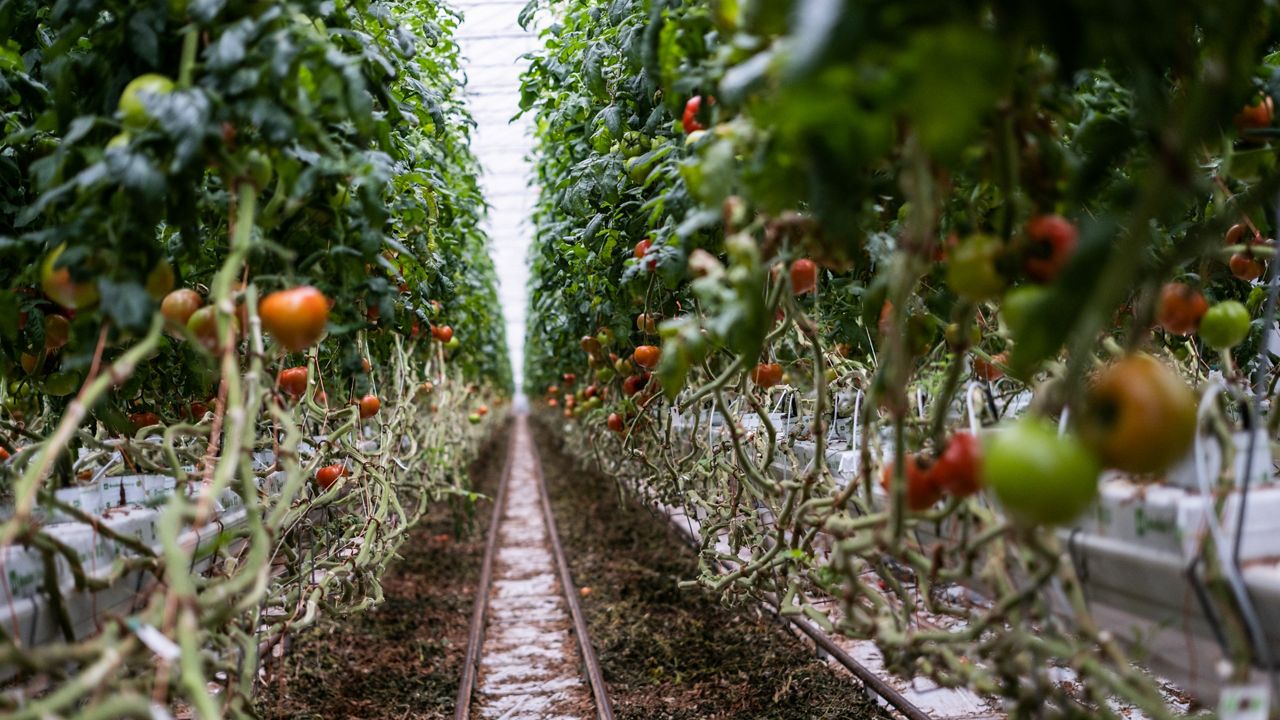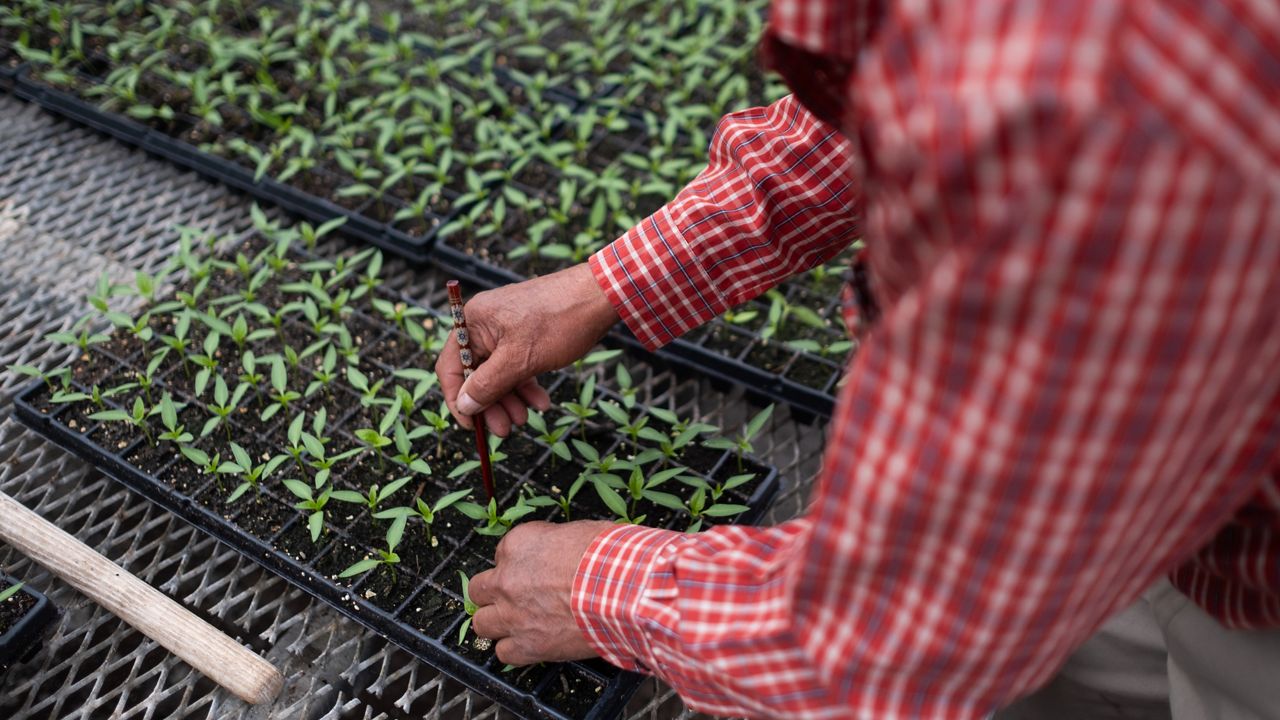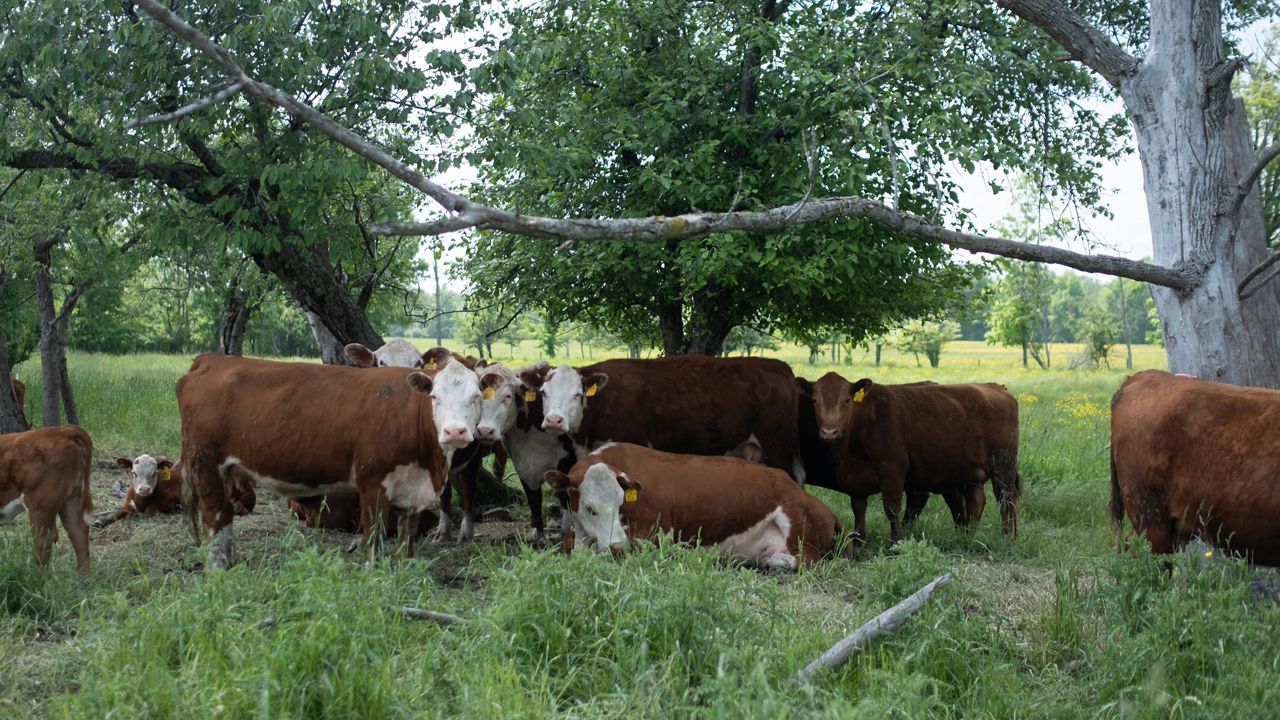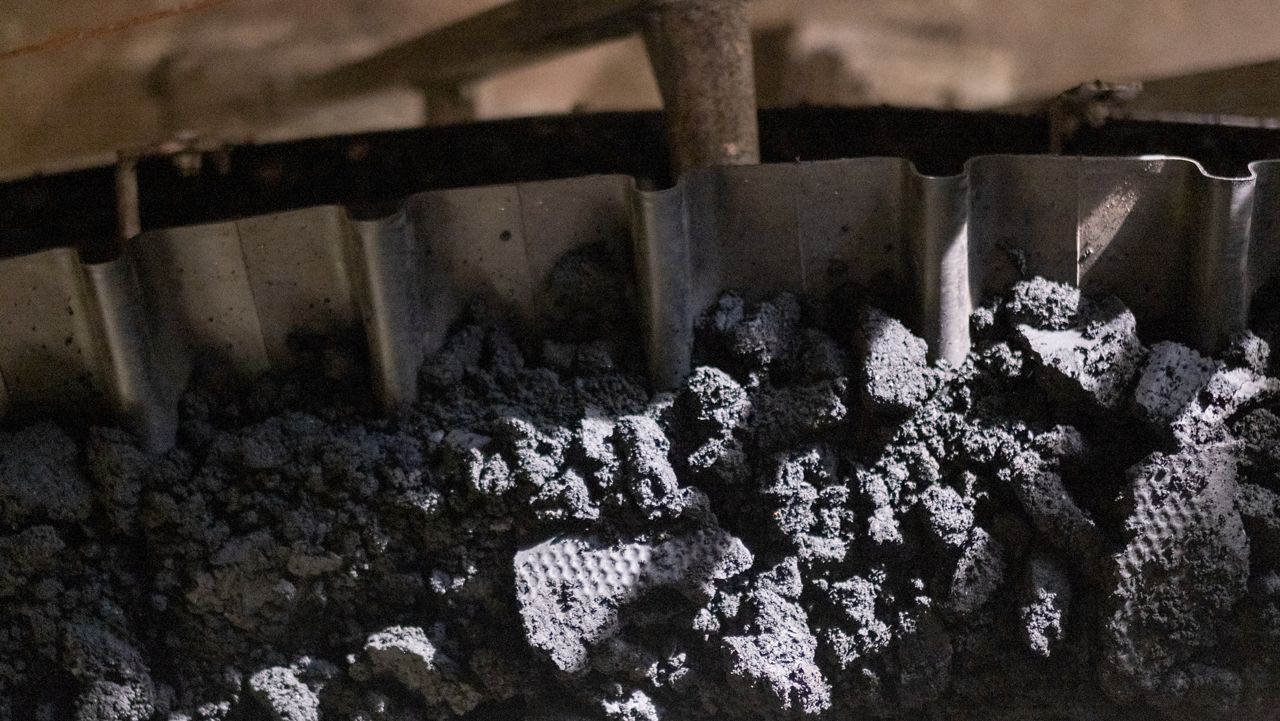After a pandemic exposed stresses in the food supply chain and as climate change begins to impact farming, producers in upstate New York are turning to creative growing techniques to meet local demand year-round.
One method is hydroponic growing, which uses nutrient-dense water instead of soil to nurture plants. Growing indoors allows farmers to avoid the whims of the weather and extend the growing season.
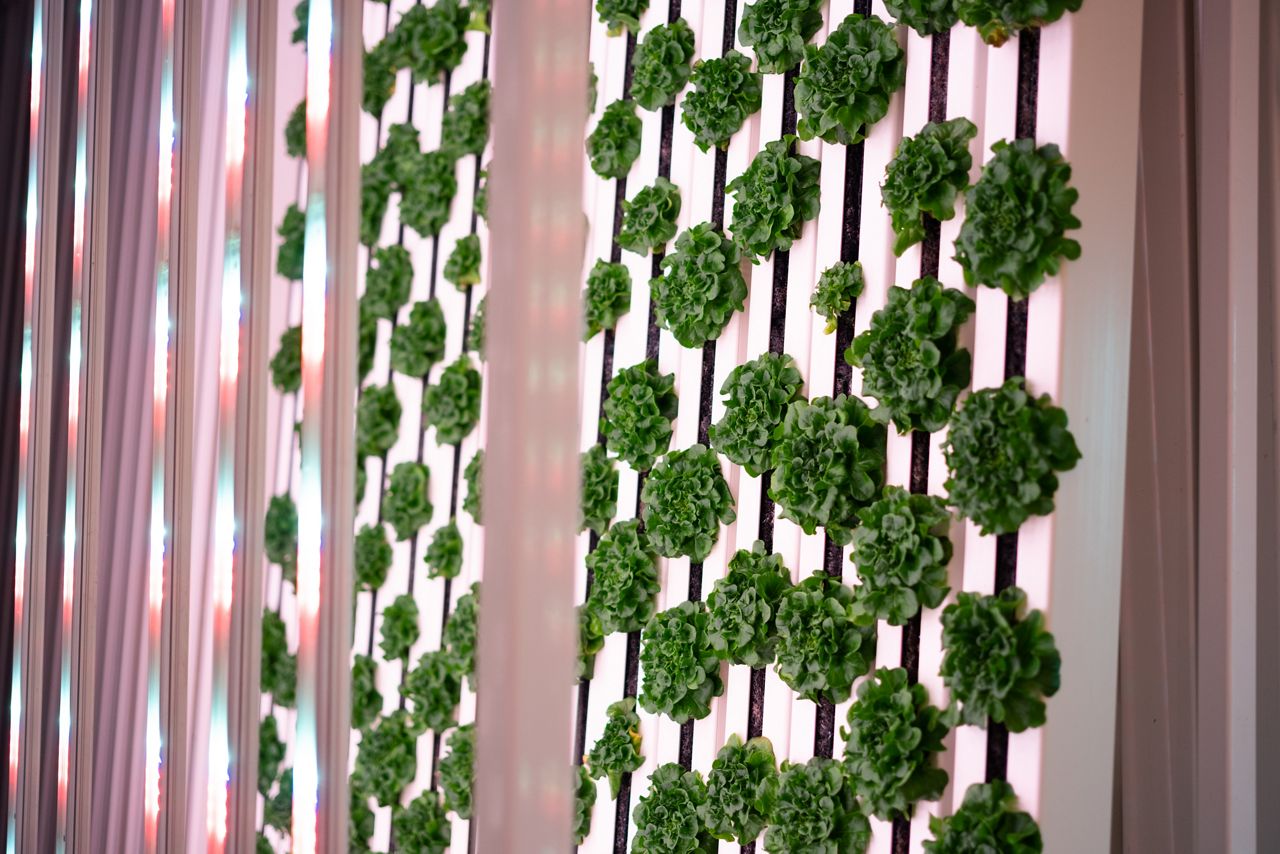
“It’s called CEA, controlled environment agriculture, and what our produce gets is the optimal amount of sunlight via LED lights. We control the humidity, and we control the temperature,” said Abby Lepak, owner of Farm Girl Greens, a hydroponic lettuce farm in Auburn.
Lepak grows in a facility the size of 2.5 acres of land, but because the plants grow vertically, she is able to produce the equivalent of approximately 250 acres of lettuce in the field.
“It’s essentially spring all the time here. So, the lettuce in here, it doesn’t come from the soil, there’s no fertilizer because we don’t need that, it’s in the water,” Lepak said.
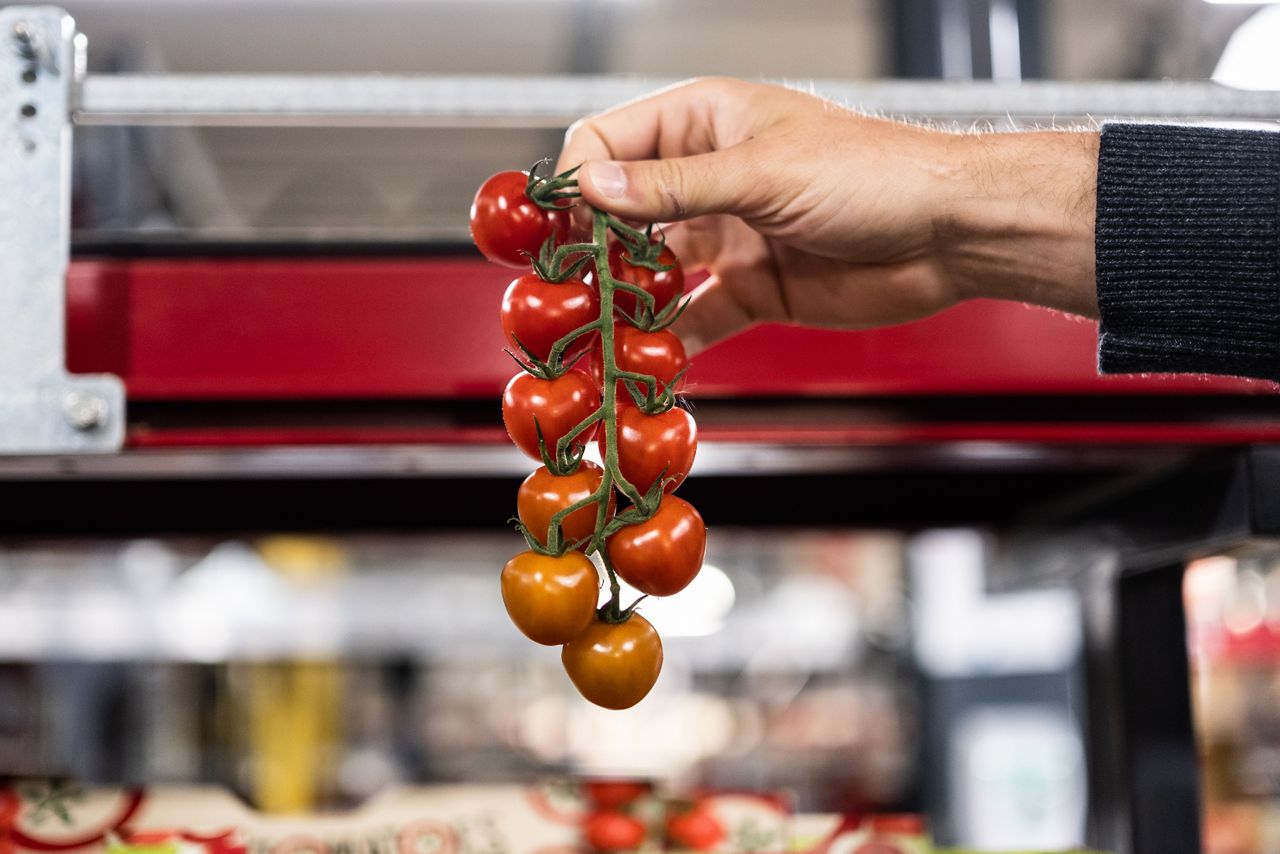
In Ontario, New York, Intergrow produces tomatoes hydroponically. James Williams, marketing and communications manager for the company, said they produce about 40 million pounds of tomatoes each year.
They grow nine varieties commercially in three different locations in Ontario, Fillmore and Albion, totaling 105 acres of greenhouse facilities.
“We grow 365 days a year using high-tech greenhouses, heating and grow lights,” Williams said.
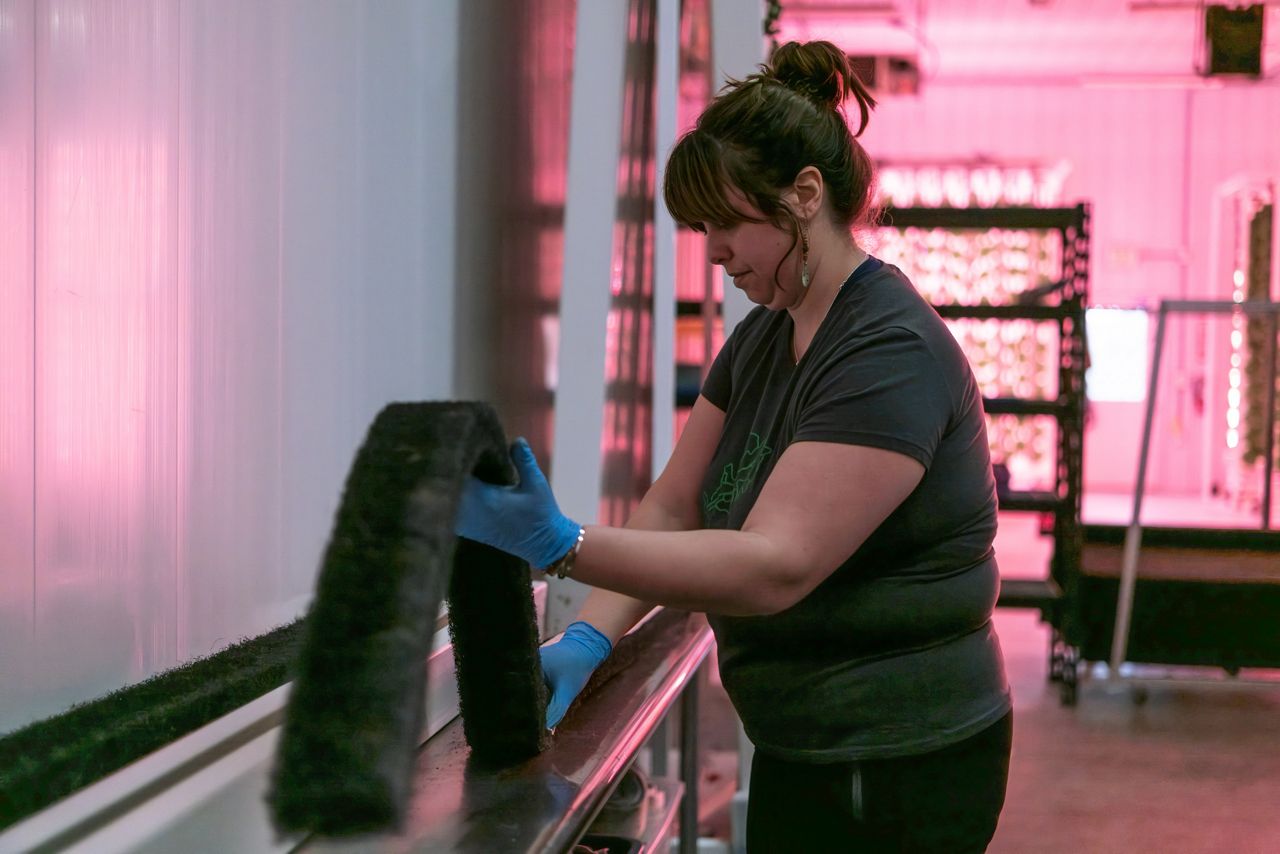
The plants grow vertically rather than in rows like they would in a field which allows growers to have more plants within a smaller area. Producers are able to control all factors that impact their plants like the lights, humidity, temperature, and water supply.
Hydroponics and the food system
Having the ability to grow fruits and vegetables year-round strengthens New York’s food supply chain and extends the shelf life of produce, Williams said.
“For part of the winter, you can get tomatoes from Florida, but you’re heavily reliant on Mexico as well. Looking at the supply chain, one of the tomato varieties we grow is beefsteaks, and those tomatoes have to be picked a little bit greener if they are shipped from Mexico or Florida, removing several days from their shelf life,” Williams said.
At Intergrow, which started operations 25 years ago, the tomatoes are picked and shipped in the same day increasing their shelf life at the store and in consumers’ homes, Williams said.
Lepak said her lettuce has an extended shelf life as well because they are local and most of their customers are within 25 miles.
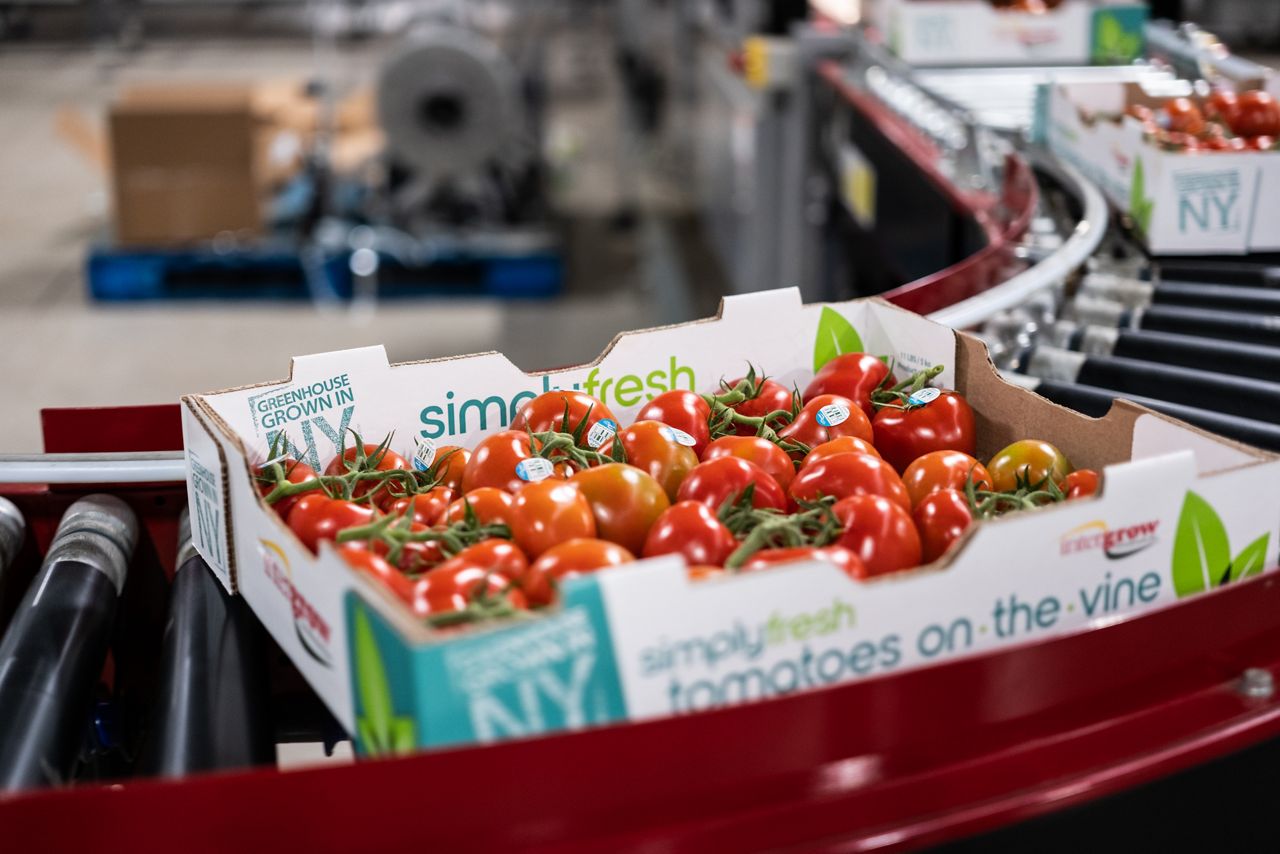
“Nothing is traveling. There are very few food miles,” Lepak said.
Lepak said consumers had growing concerns about the supply chain during the pandemic, which increased her customer base locally.
“During the pandemic, we saw what happened with the supply chain, it just kind of halted,” she said. “We’re still feeling the effects of those issues.”

Hydroponics and climate change
Greenhouse and hydroponic growing aren’t entirely immune to the impacts of climate change, but it is more resilient, Williams said.
Lepak said hydroponic growing is being used in places with climates that are either too cold or too warm.
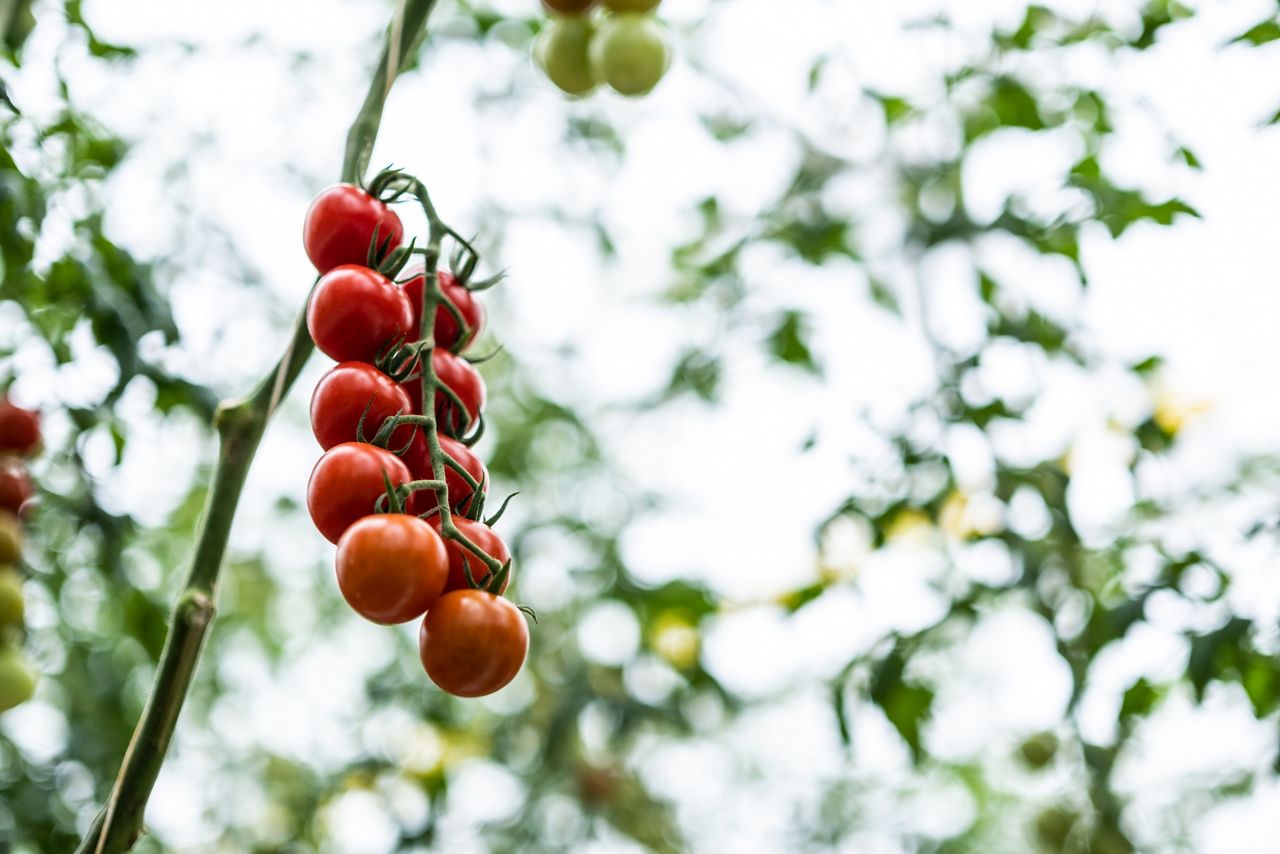
“In New York, where you can’t grow because it’s cold, you extend the growing season,” she said. “The same thing happens in places like Saudi Arabia and Florida, where it’s too hot.”
Williams sees the expansion of controlled-environment agriculture in the future.
“In the past five years, we’ve seen this technology bridge across other high-value perishable crops. Typically, we see crops like tomatoes, cucumbers and peppers being grown this way,” he said. “Now there are more and more operations doing strawberries and lettuce. I think we’ll see more and more hydroponically grown options of those items in the future.”
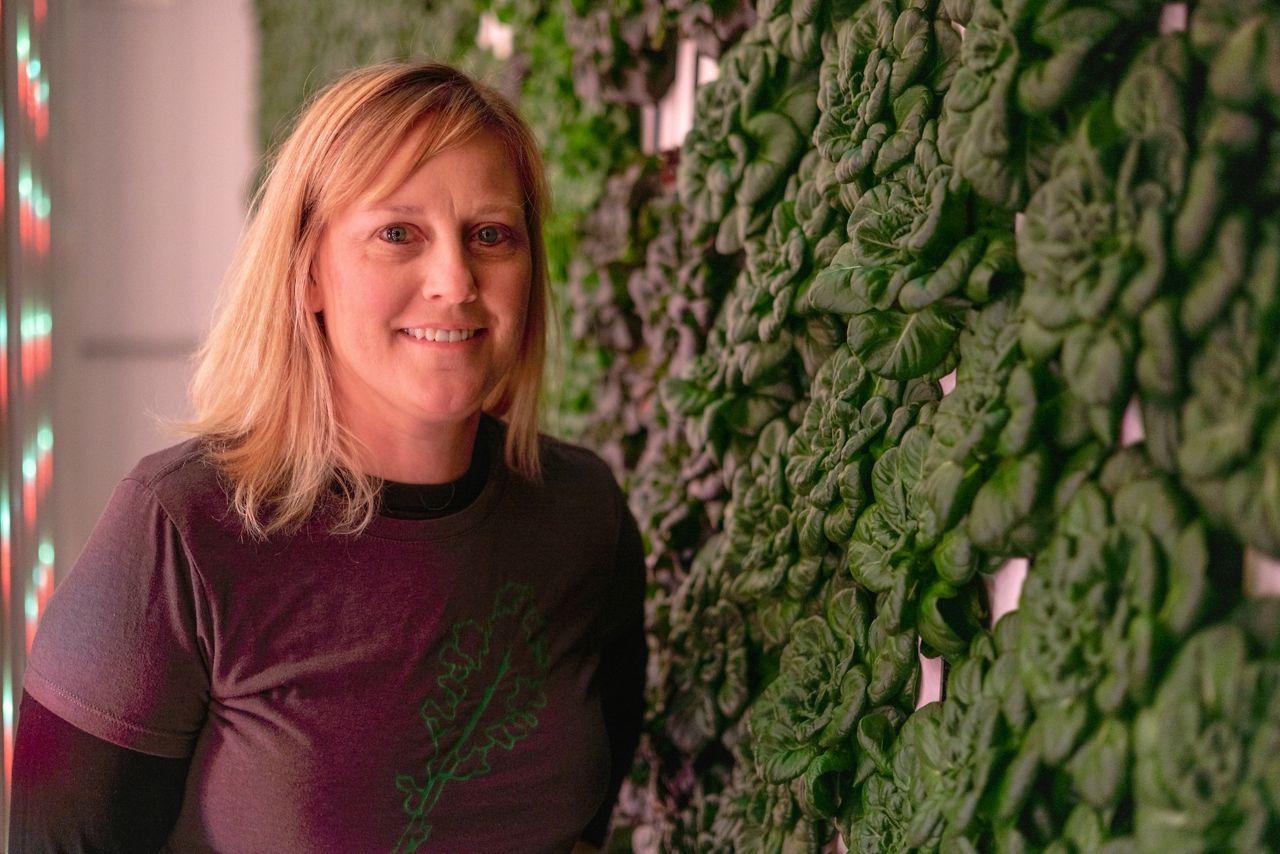
However, the increase in controlled environment agriculture will not happen quickly.
“There will not be a night-to-day shift where everything is suddenly coming from controlled environments,” Williams said. “The rollout will be slow and tedious as growers figure out the nuances of each crop and economic viability.”




